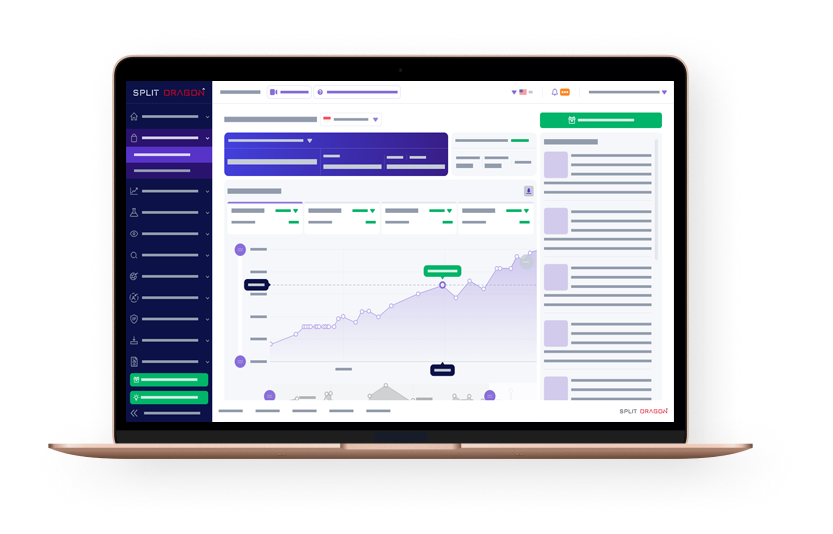Is cart abandonment a mystery or is there really logic behind it?
Actually, it’s a little bit of both. There are tons of studies showing why customers add items on the cart and then leave empty-handed.
Perhaps it has something to do with your checkout page. And yet again, even the most intuitive website or multi-vendor platforms like Lazada and Shopee are continuously battling the same problem.
But one thing is clear:
The less the abandonment rate, the higher the revenue.
The average abandoned rate based on different e-Commerce studies is 68.81% with the most recent study showing 74.52%.[*]
But don’t worry, there is a way to significantly decrease your abandoned shopping carts.
In this article we will tackle all about cart abandonment rate, possible reasons why you are experiencing a high abandoned rate and steps on how to minimize it.
What is cart abandonment?
Shopping cart abandonment is an e-Commerce term that refers to an incident when the customer adds items to their cart, but leaves your website or online shop without buying anything.
This is just the same scenario when you go grocery shopping. Sometimes there are items that you put in your cart but eventually, they end up back on the shelves and don’t make it to the checkout.
In short: it’s completely normal.
However, if you calculate your cart abandonment rate and it is higher 60%-75%, then there’s something wrong going on. The good news is that it can be fixed.
How to calculate cart abandonment rate?
To know how your cart abandonment rate, you need to know two things:
- The number of carts created
- The number of completed purchases
When you have the value, simply divide the total number of completed purchases by the number of created carts. Subtract the result from 1, then multiply by 100.
Let’s say, you have a total of 200 carts created, and 75 completed purchases.That would be [1-(75/200)]x100 making your cart abandon rate 62.5%.
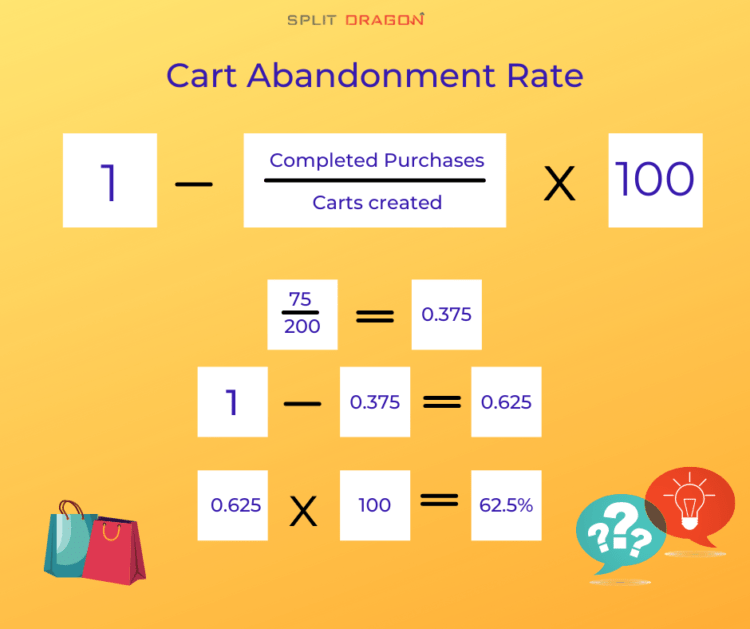
Abandoned rate is a vital business metric for e-commerce sellers to monitor since it has a strong influence on conversion rates and revenue.
8 common reasons for high abandonment rates and how to deal it
1. Unexpected additional cost
Let’s start with the most obvious.
According to the Baymard study, 60% lose interest in proceeding to purchase because of the extra costs they see at check out. The other 23% abandoned their carts because they can’t calculate the total costs upfront.[*]
Common additional costs include taxes, shipping and other complementary fees.
When it comes to e-Commerce, cost transparency plays a crucial role that significantly influences the consumers buying decisions.
Consumers love online shopping mainly because of its lower price offering, plus it promotes convenience.
Given that portrayal, some sellers may resort to clickbait promotions and hope that the consumers push through with their purchase.
There are some sellers who incorporate all product variations in the same category, and highlight the product with the lowest price. If buyers are not careful enough, they end up buying a different product.
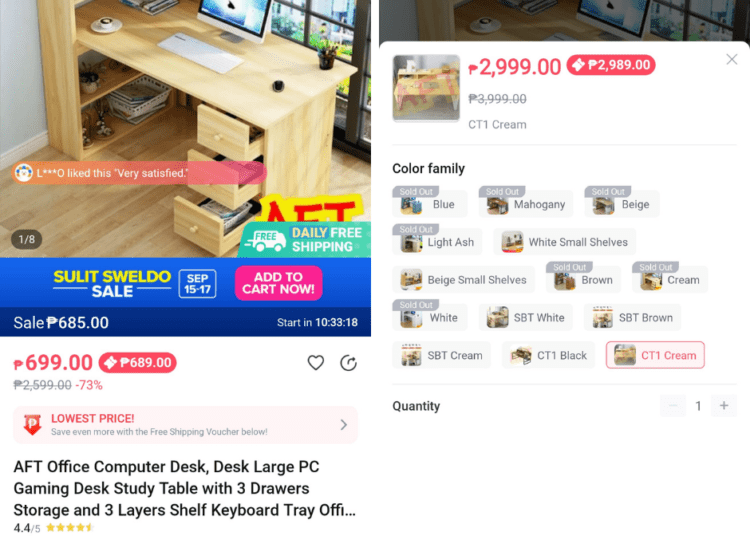
Consumers can leave their cart—and possibly avoid your shop forever—when they are surprised with the actual price, hence they exit without buying anything.
Solution: Allow your customers to see how much the total cost is right away. Include the shipping, taxes duties and other fees. If they see that the total cost is justifiable, then they are more likely to push through with the purchase.
2. Shipping Issues
Consumers love free things. And when it comes to free shipping, they love it even more!
It’s one of the best deals many retailers resort to especially when they are introducing a new product or promote their shop.
But in reality, free shipping is not really free. It costs money and someone has to pay for it.
The problem is that 36% of online customers abandon their carts because they don’t want to pay the shipping fee.
All the more if they see that the shipping cost is way more than what they expected, leaving them second-guessing their decisions to buy.
Another factor about shipping issues is the lack of shipping customization. This includes the options for local pick-up, an access to free shipping for additional orders or being able to choose methods of delivery (1-day shipping, 3-day shipping etc.)
BigCommerce reveals that 77% of the global consumers abandoned their purchases because they don’t like the available shipping options.[*]
Every customer has a different set of needs and they expect that you can meet their needs by allowing them to choose or customize their shipping details— especially in international shipping.
Solution: Customer experience goes beyond your e-commerce website or online shop. By providing shipping options, you give your customers the sense of freedom to choose what’s best for their situation.
If you do international shipping, make sure you partner with a local shipping company to ensure a satisfying customer experience up to the time that they receive the items.
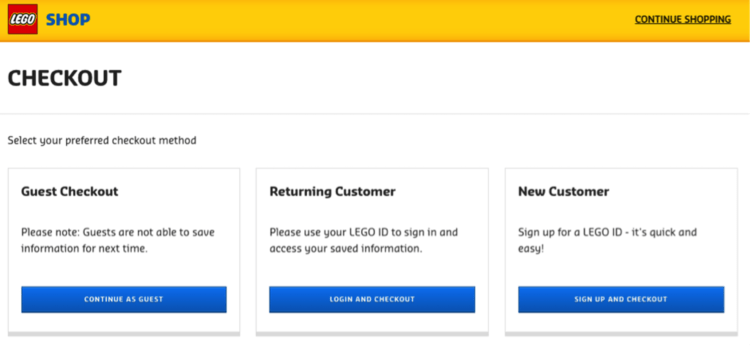
After they purchase something, you can ask them if they want to create an account for faster transactions the next time they buy. This also encourages them to revisit your website or shop.
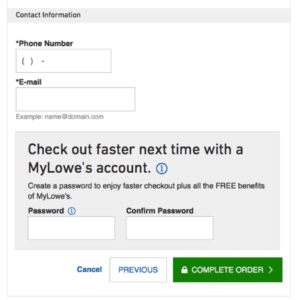
3. Upcoming promo code
Shopee and Lazada shops are very big when it comes to unique promos and vouchers, especially during their 1-day sale like 9.9 and 11.11.
Keeping shoppers engaged is one of their key marketing strategies and this includes adding to the cart in advance before the big sale day.
Nowadays, first time purchasers or even repeat buyers are very used to having promo codes to get a discount.
In fact, customers are willing to spend more just to get a discounted price.[*]
Solution: Vouchers and promo codes work to increase customer conversions and it goes a long way. To counteract hesitation in buying, design your checkout page with a discounted price in place. For example, Shein gives a 10% discount for those who pay upfront instead of cash on delivery (COD).
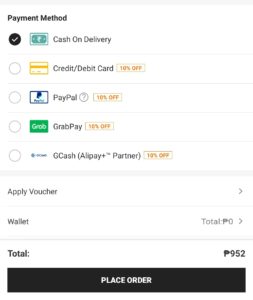
4. Lack of trust elements in your website
Trust is one of the most critical issues in e-Commerce. In fact, one of the top e-Commerce fears is that consumers are not buying from a “real” store.
A survey has shown that 61% of the shoppers did not buy because of the missing trust logos, 76% did not purchase because they don’t recognize the logos.
The lack of tangible experience demands special requirements to earn customer trust.
Another factor that can be a turn off to buying consumers is the unclear or complicated product return and refund process.
Solutions: Shoppers want to know that if something goes wrong with their purchase, they can do something about it. Make sure that the return and refund process is clear and does not cause a lot of hassle to the customers. You can establish this trust in all forms on your website. Remember that you are not just asking about their personal information, but also their financial details. Include security logos, a clear refund and return process. Incorporate a live chat. This way they know that you are reachable anytime, anywhere.
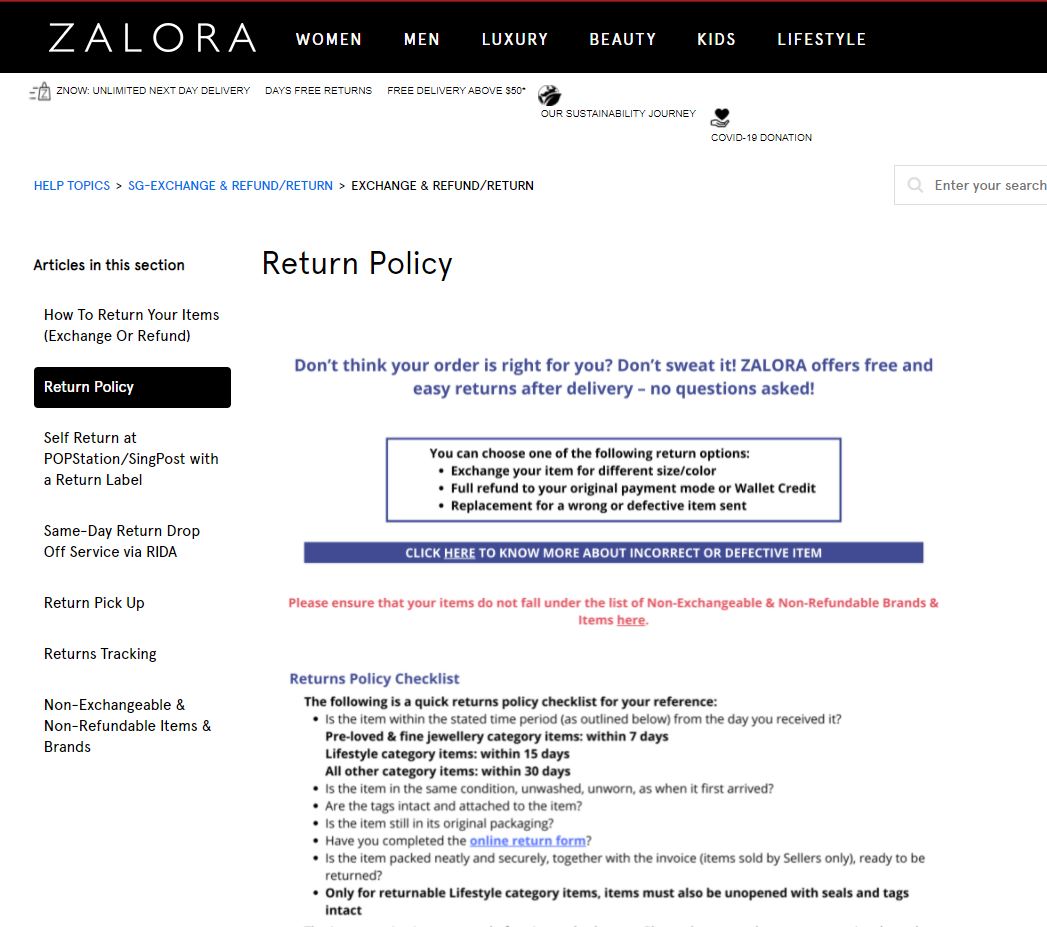
5. Absence of Security Certifications
If we are to enumerate all the e-Commerce fears, the fear of giving away credit card information will top the list.
This is a valid reason since cases of identity theft and credit card fraud are growing each year.[*]
Users are looking for assurance so that they can calm their nerves and won’t fret in giving away their sensitive information. This includes updated SSL certificates, EVL certificates, etc.
Solutions: Switching to HTTPS hosting with an SSL certificate, not just for the payment area of your site, but securing your entire websites. Also, Google has included HTTPS as a ranking factor since 2014, and has expressed ever since to mark down all unsecured websites as part of their long term plan in providing a more secure web.
6. Not enough product details
If there’s one aspect that is usually overlooked and underutilized in e-Commerce, that would be product descriptions.
It’s tempting to just copy and paste factory specifications from the supplier and just leave it like that. Unfortunately, studies have shown that insufficient product information disappoints online shoppers.[*]
The lack of persuasion in your descriptions can also give a negative impression to the users, and could decrease their confidence in pushing through with their purchase.
Solution: It is important to remember that buyers are looking for solutions to their problems. Your product description should tell the users why your product is exactly the answer to their problems. Another solution is to do A/B testing. This testing aims to get the most out of your traffic by presenting an alternative version of your webpage with the ai. This will evaluate which version works best and aims to increase the conversion rate.
7. Window shopping/product research
Window shopping is also possible online. People just want to take a look, add it to their cart and maybe one of these days, will buy it or remove it in their carts altogether.
Perhaps they are just filling their time and doing mindless scrolling or they are doing product research.
The internet is full of easy access information including price and product comparison and it is easy for the buyers to jump from one online shop to another.
Indeed product research is one of the reasons for cart abandonment that you cannot easily eliminate, but it is something you turn into an opportunity.
Solution: If people are checking your products, make sure that you give everything to the user to persuade them that your product is what they are looking for.
Tell a story, highlight the benefits and features. Include guarantees, highlight reviews and make sure they can see your social proofs – this is the equivalent of the big red “SALE” sign you see in physical stores.
8. Payment issues
This could be the lack of payment options, declined credit cards, payment system crashing, etc.
If you cannot support their desired payment option, this can trigger them to find another website that can.
Solutions: Credit cards and Paypal are always an option but Apple Pay and Google Wallet are becoming increasingly popular. The Buy Now Pay Later (BNPL), a short-term financing solution, is also a growing force in Southeast Asia.
How does split testing reduce cart abandonment
Split testing allows you to see which variation of the product is more likely to convert into a sale. For example, Split Dragon’s split testing is a sophisticated software that can pull off data in your seller account and statistically determine which product listing can offer more sales and profits.
Ultimately, establishing trust, testing and fast checkout processes are very much the foundation to secure that conversion.
For starters, you can useSplit Dragon’s split testing to decrease your cart abandonment rates today. Here’s how: AB Testing for Lazada and Shopee Sellers – Why and How To Do It.





